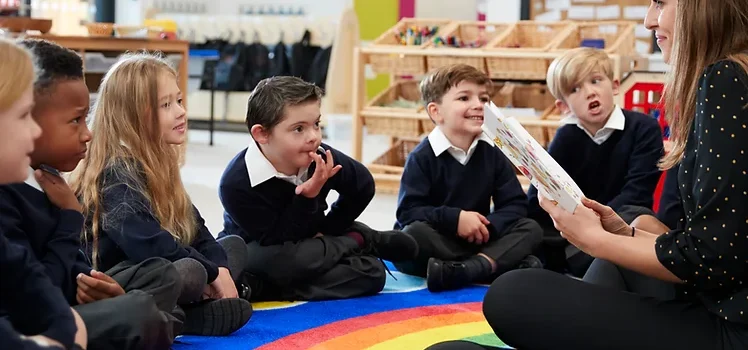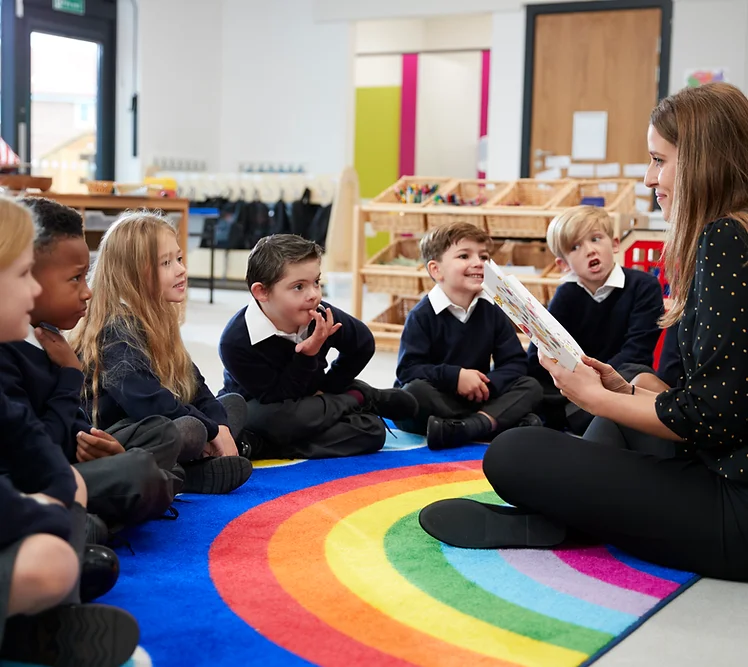In this study, we analyze activities in which early childhood education and care (ECEC) teachers, together with pairs of children, engage in digital storytelling activities with a tablet application. The participating teachers and children speak more than one national language, and the activity has been pursued with the intention of supporting children’s full use of their various semiotic repertoires. Theoretically informed by a sociocultural perspective, the notion of semiotic repertoires here refers to not only national languages, such as English and Swedish, but also other semiotic means for communication such as sign language, gestures, and drawings. With the purpose of addressing how ECEC can be responsive to children’s repertoires of semiotic means of communication, the research question asked is: How are various semiotic repertoires introduced and responded to in the storytelling activities? The results consist of a differentiation and specification of the meaning of responsivity in the context of semiotic repertoires. The implications for children’s participation in developmental activities and the ambition of creating socially just ECEC institutions are discussed.
Constructing the space of transition within the early childhood education an...
This article examines how the space of transition is constructed within and linked to the early ch...
Read More




